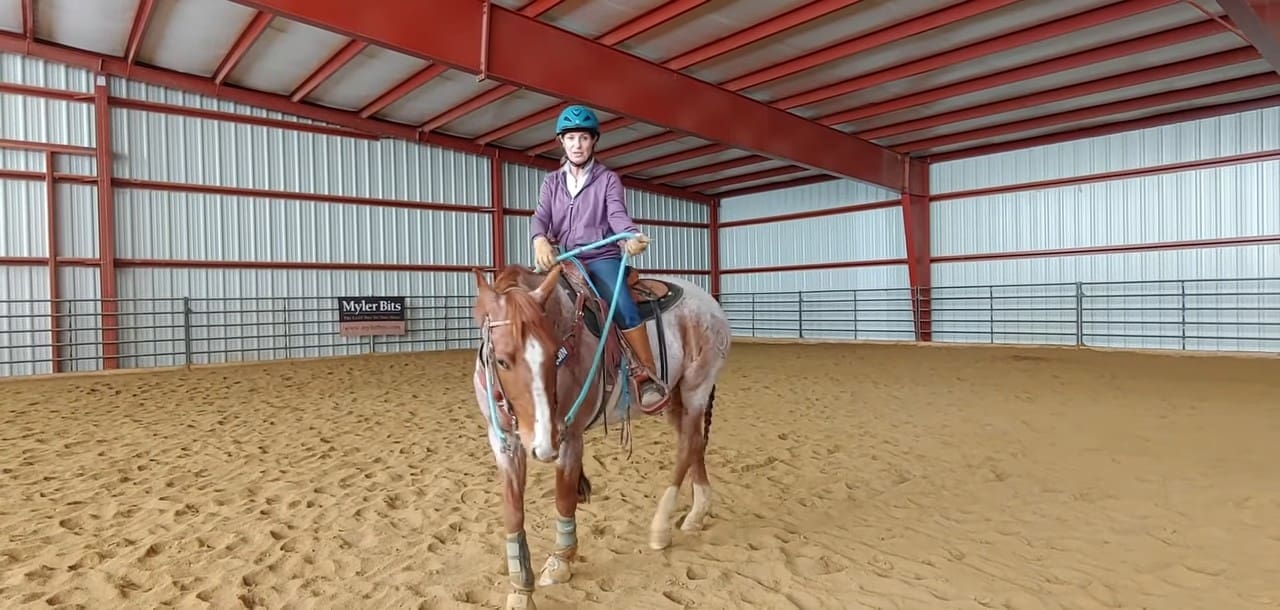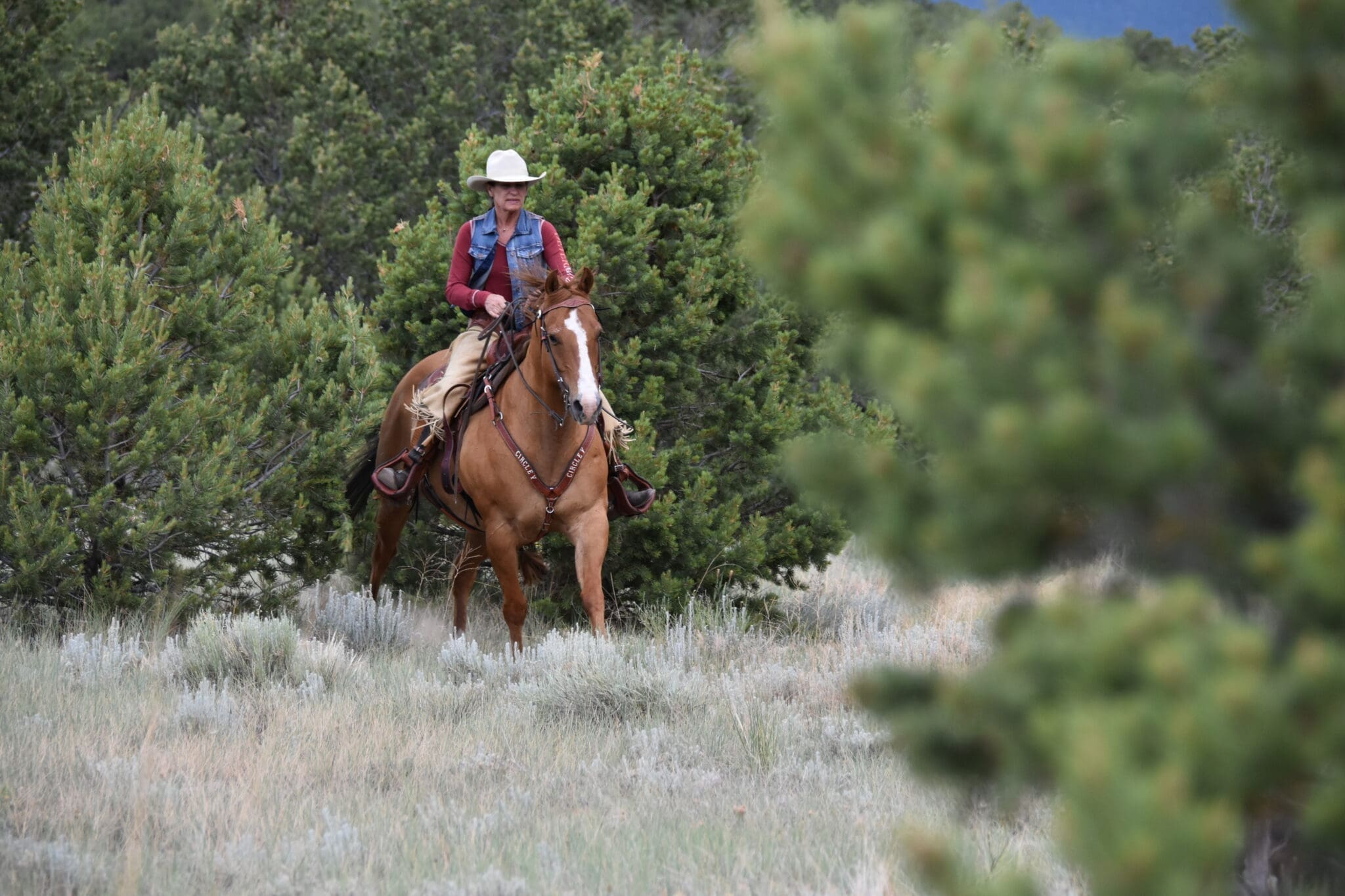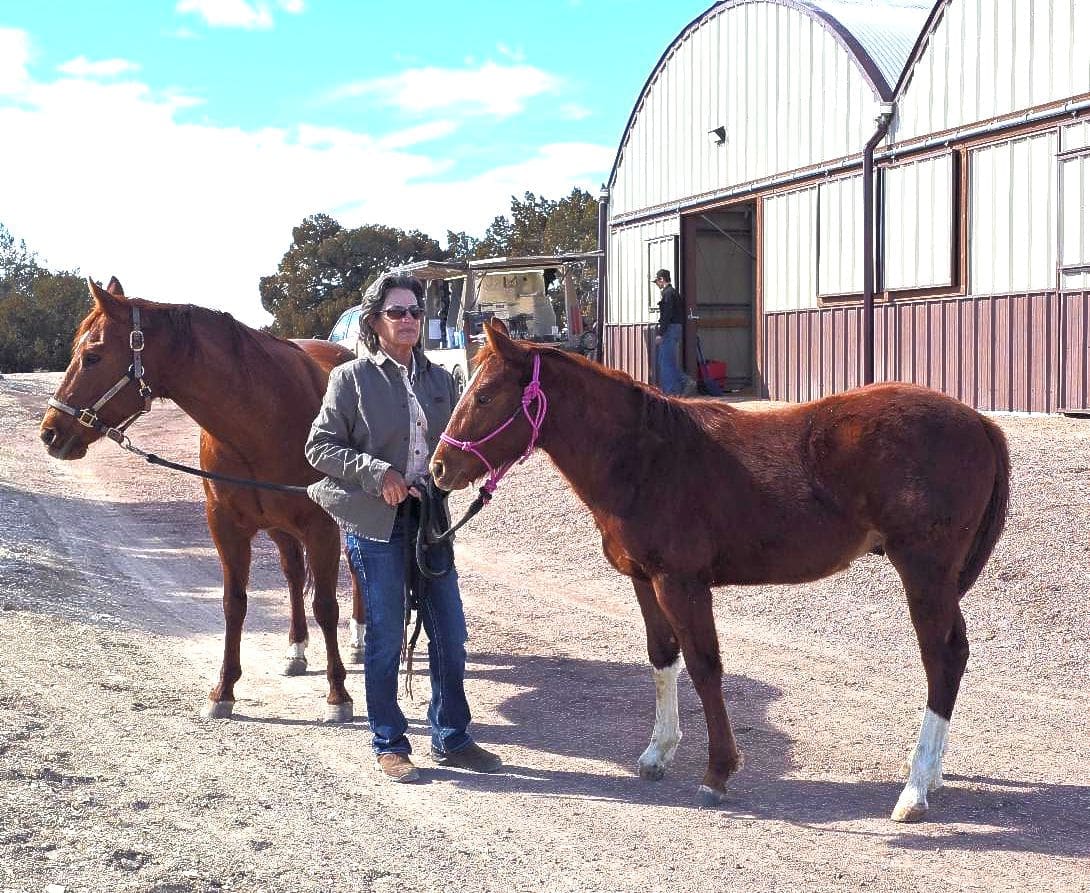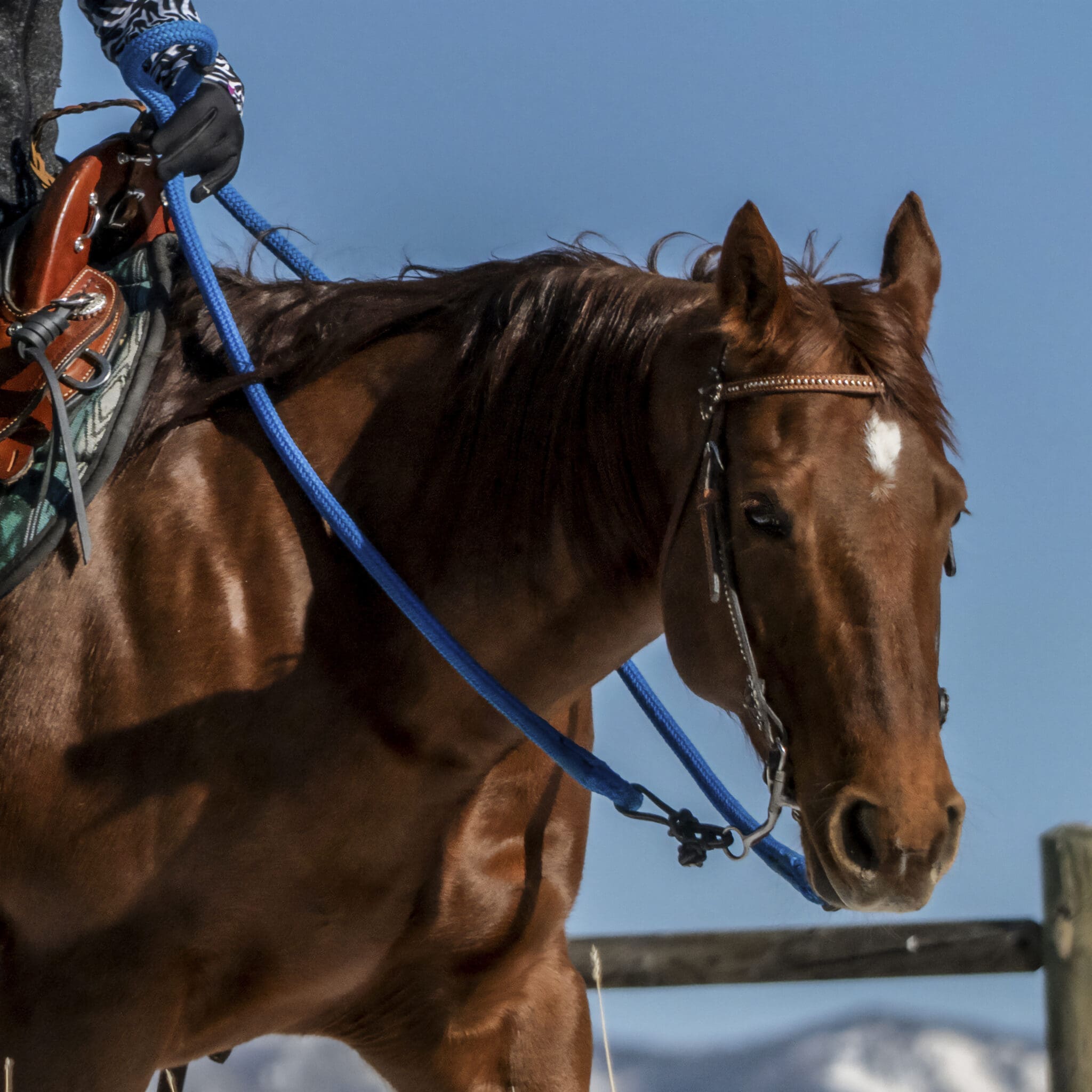After a record-breaking low snowpack here in the Rocky Mountains, a brittle dry spring, triple digit heat and single digit humidity, it should come as no surprise that the price of hay has set a new record, here in Colorado. The low snow pack made for a terrible ski season last winter, which in turn means that the irrigation water that would normally last until August, has dried up in June. No water, no second cutting of hay; and the first cut yield is very low. Our local economy is based on agriculture and tourism (skiing and white-water rafting), so the drought is a double-whammy to our local economy. It is so dry around here that some areas of our pastures look like winter—brown, brittle and sparse. With wildfires raging all over the west, the tinderbox conditions are frightening. The nightly news is plastered with frightening images of houses burning and thousands of people being evacuated from their homes, prompting us to update our evacuation plan for the horses. It is an important exercise for all horse owners to do, especially those of us in areas prone to natural disasters. Do you have a disaster plan for you and your animals? Last year we had an abundance of water and hay, but because of the drought in Texas, and the pressure that put on our local market, hay prices spiked. Before that, it was the increase in fuel prices. It has been my experience in the past 30 years of buying large quantities of hay, that some unusual circumstance will drive the price up each year, but the price of hay never goes back down when the circumstances go away. So I found it a little ironic that on the very day and hour that I have 200 bales of $10/bale hay (delivered), after months of drought, the sky is now black and it looks like the bottom could drop out at any moment. This is so typical of hay season. It never rains until you have fresh cut hay sitting out in the elements. After all the grower’s hard labor to work the fields, irrigate, fertilize, cut, rake and bale, their pay check may get cut in half with one 20 minute deluge. What’s the hay like this year in your neck of the woods? Abundant or scarce? Are there unusual conditions driving the price up there too? I’d love to hear what you’re paying—while it’ll pain me to hear about lower prices, I know some of you have it worse than us—like my friends in Hawaii for instance. I heard a rumor that small bales were selling for $25 down in Albuquerque and I cannot believe it’s true. Please say it isn’t so. To calculate the real cost of hay, you must figure it out by weight, since hay bales can range from 60 pounds to a thousand pounds. To calculate the cost per ton, figure out the average weight of your hay bales then divide that number into 2000 to get the number of bales per ton. Then multiply the cost per bale times the number of bales to the ton. My new hay comes out to be $297 per ton and $330 per ton, delivered and stacked. Can you beat that? By the way, the easiest formula for figuring out how much hay you need for the year per horse is to calculate 1/3 a ton per horse per month (or about 4 tons per year for the average horse), which should give you a slight excess in case of spoilage. Let me know what your hay conditions are this year and how much you are paying per ton. If you are boarding your horse somewhere, are hay prices affecting your board? Or do you have enough nutritious grass so that you never have to worry about hay prices? What a fantasy that would be!
Enjoy the ride, Julie
Please visit Goodnight’s sites for more information and training tips: Julie’s Website or Julie’s Library Membership



